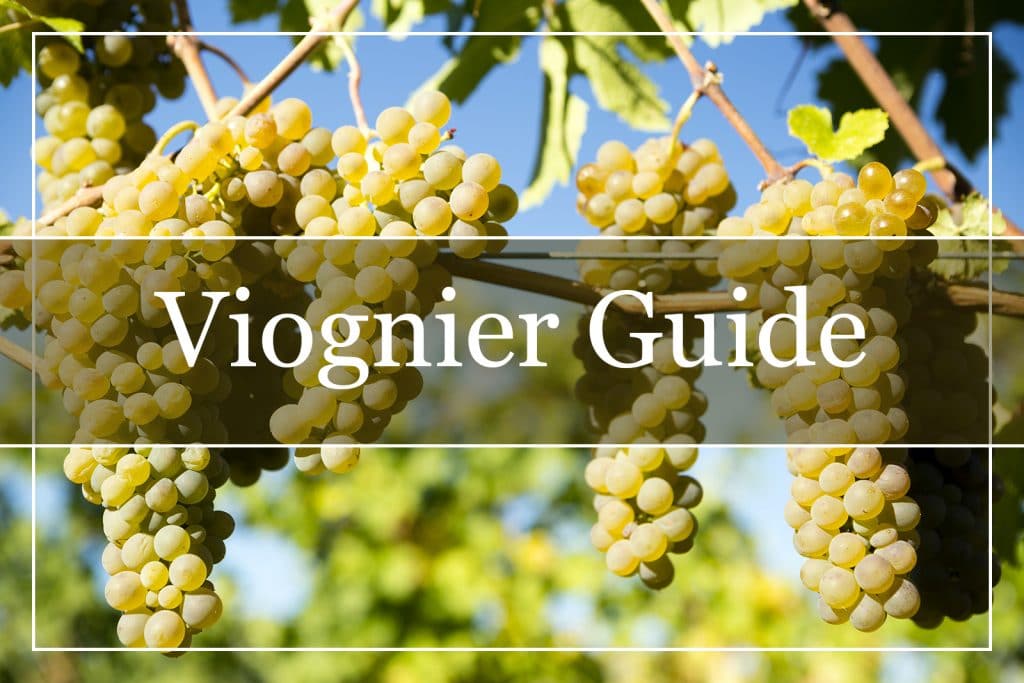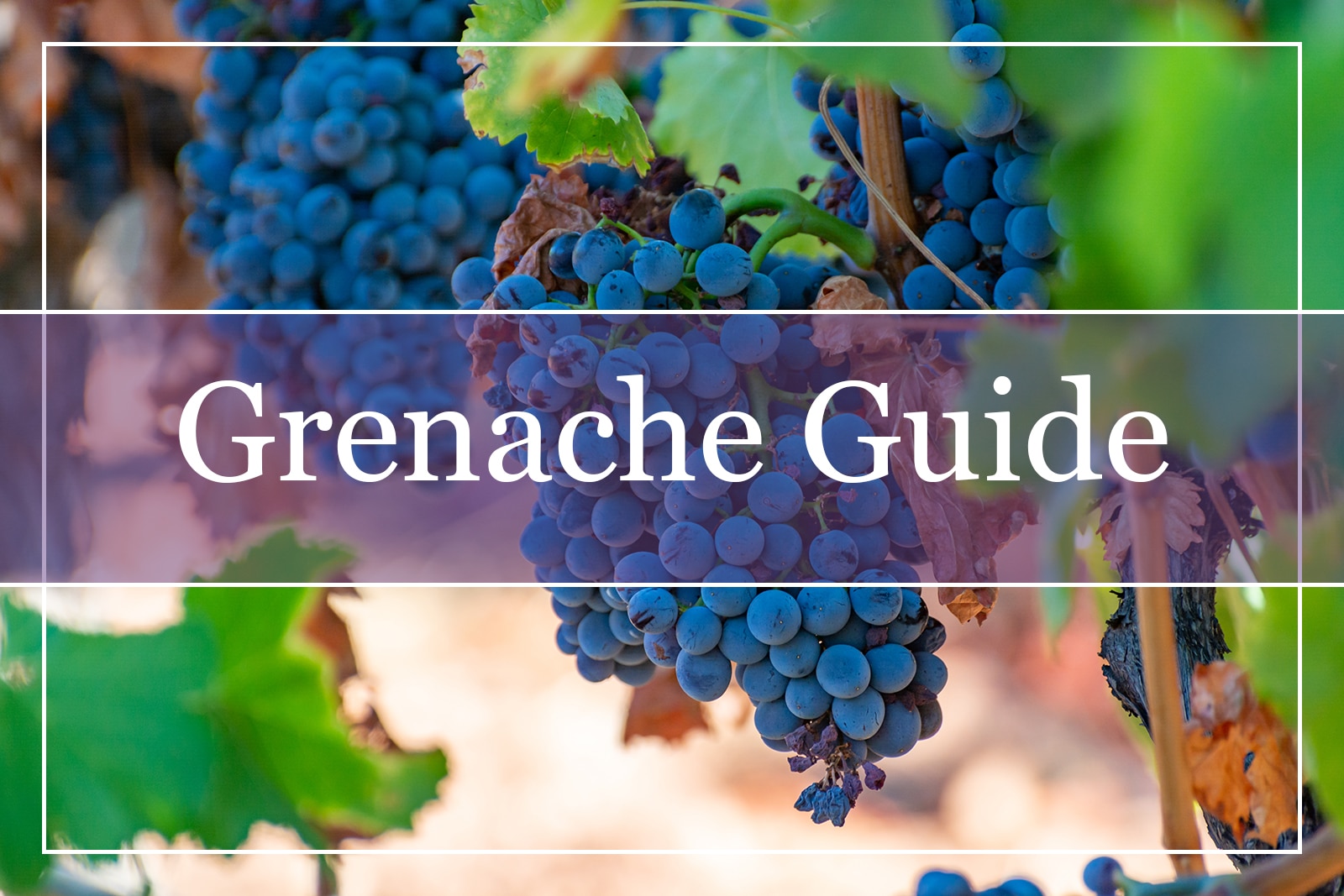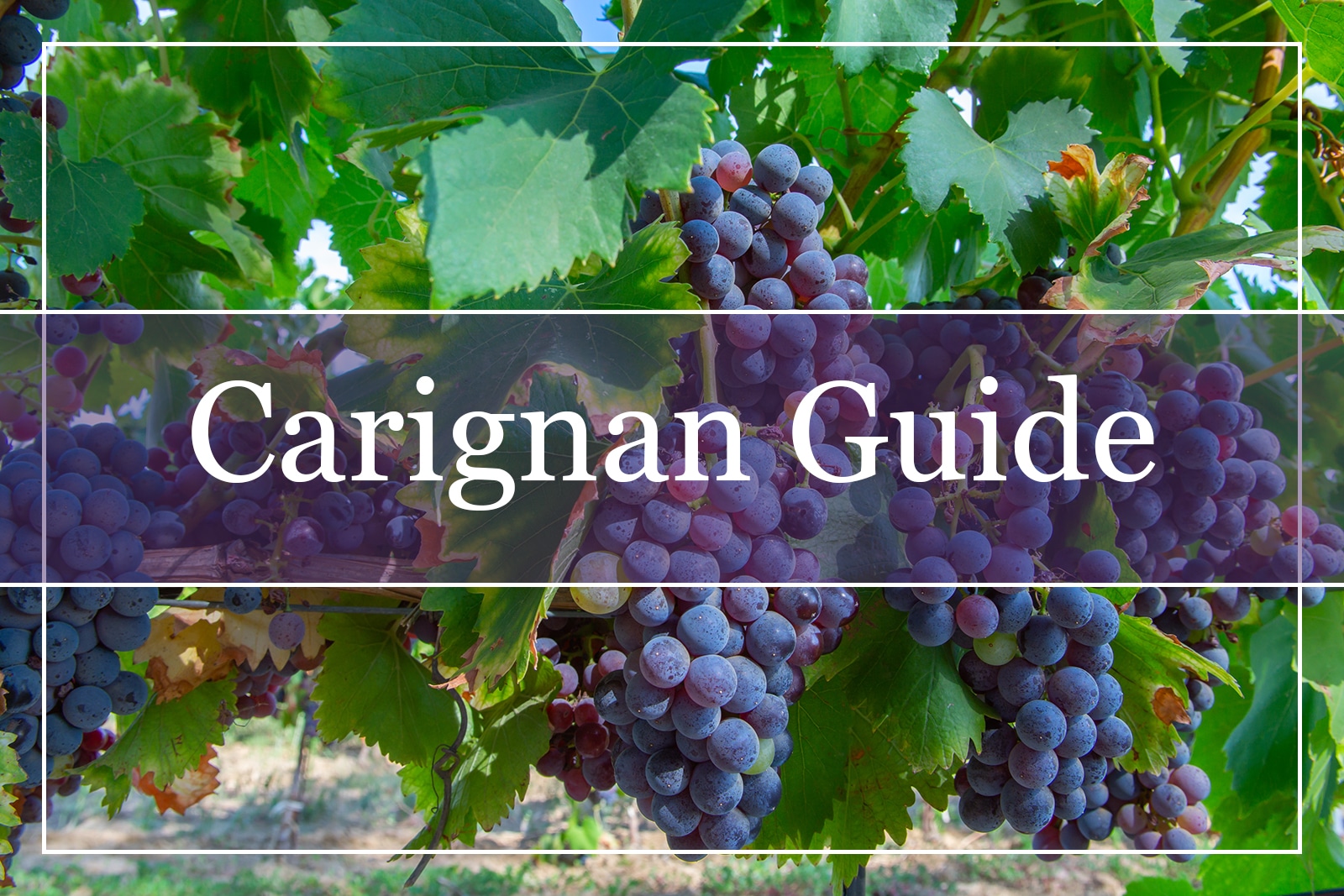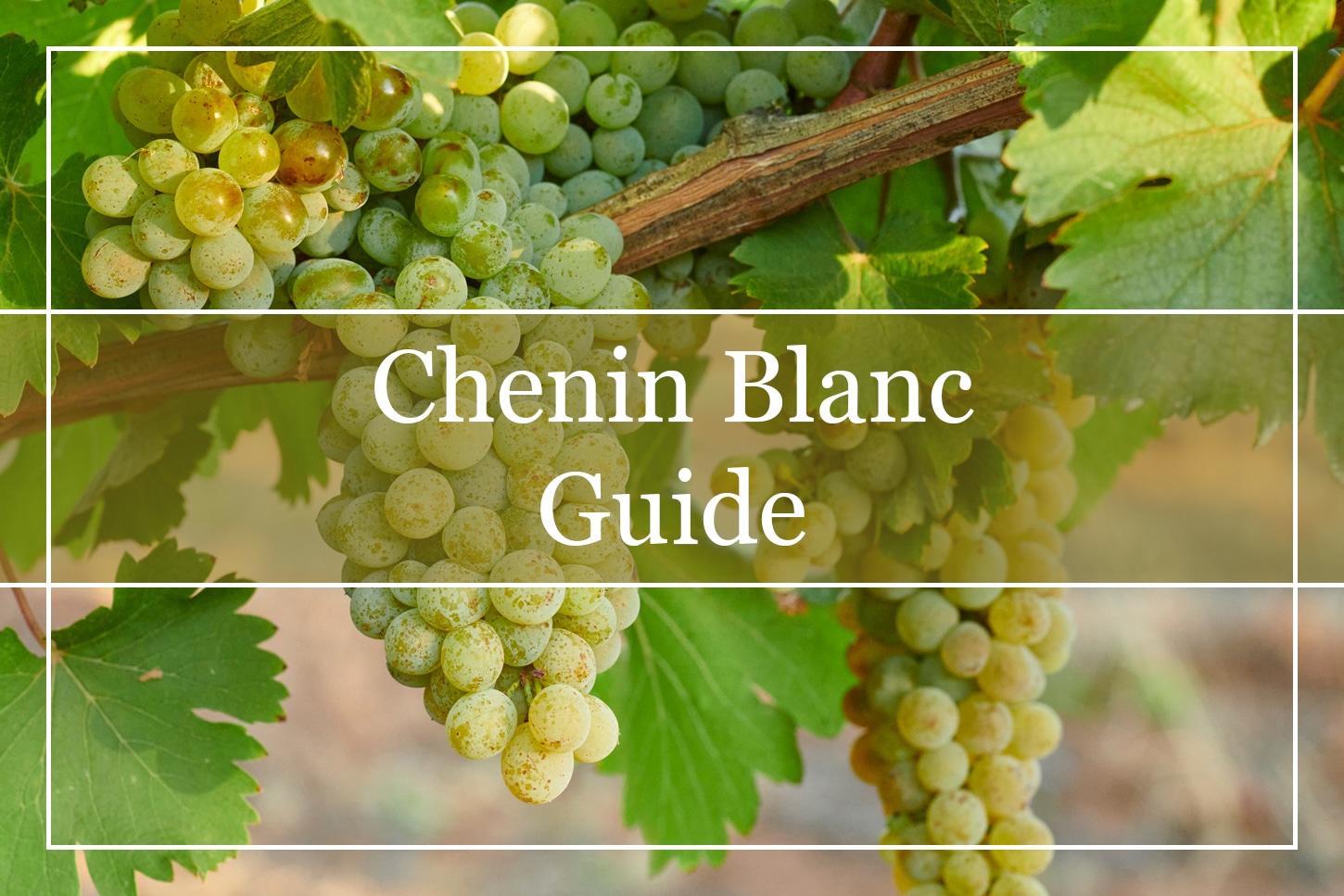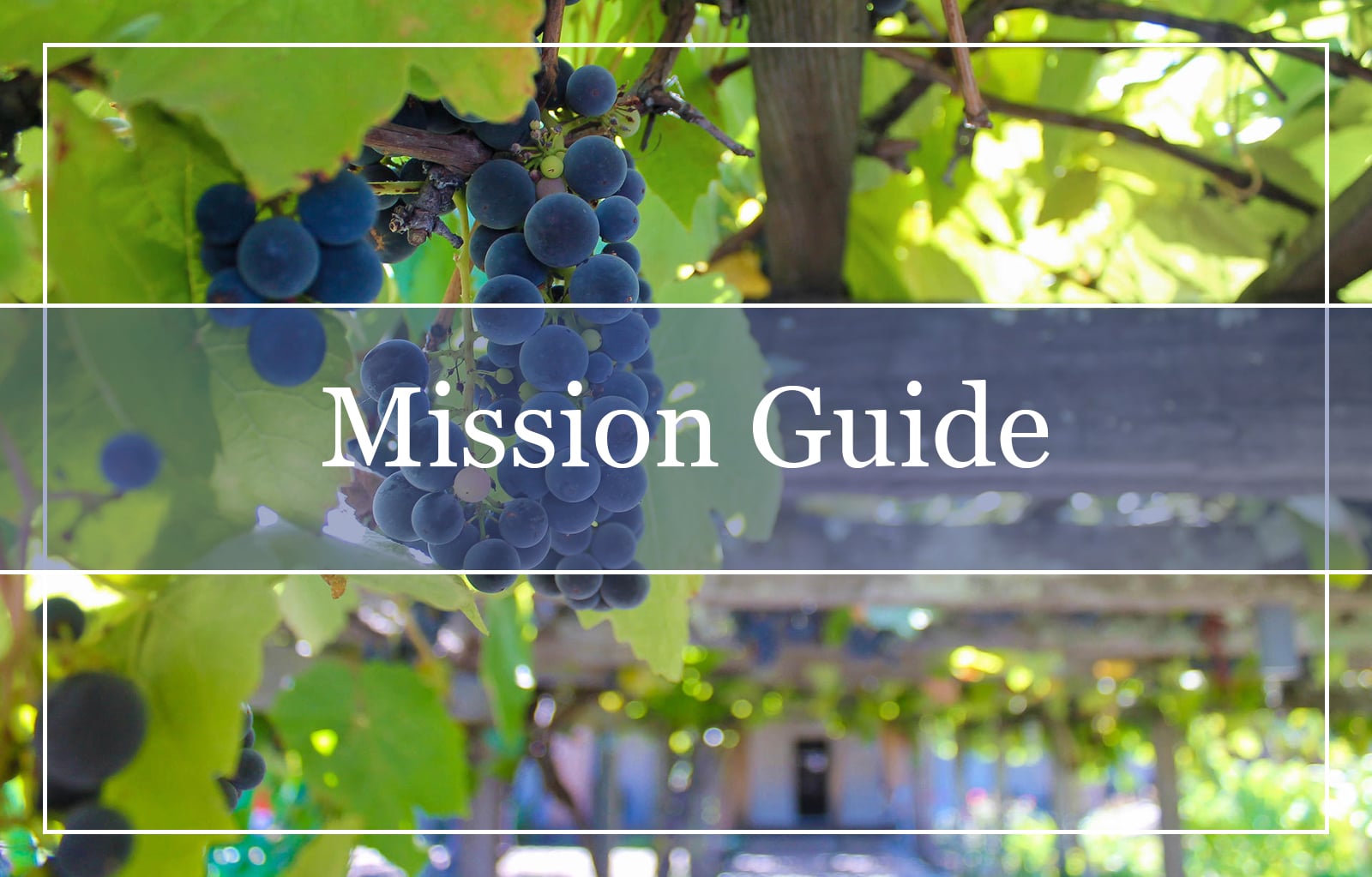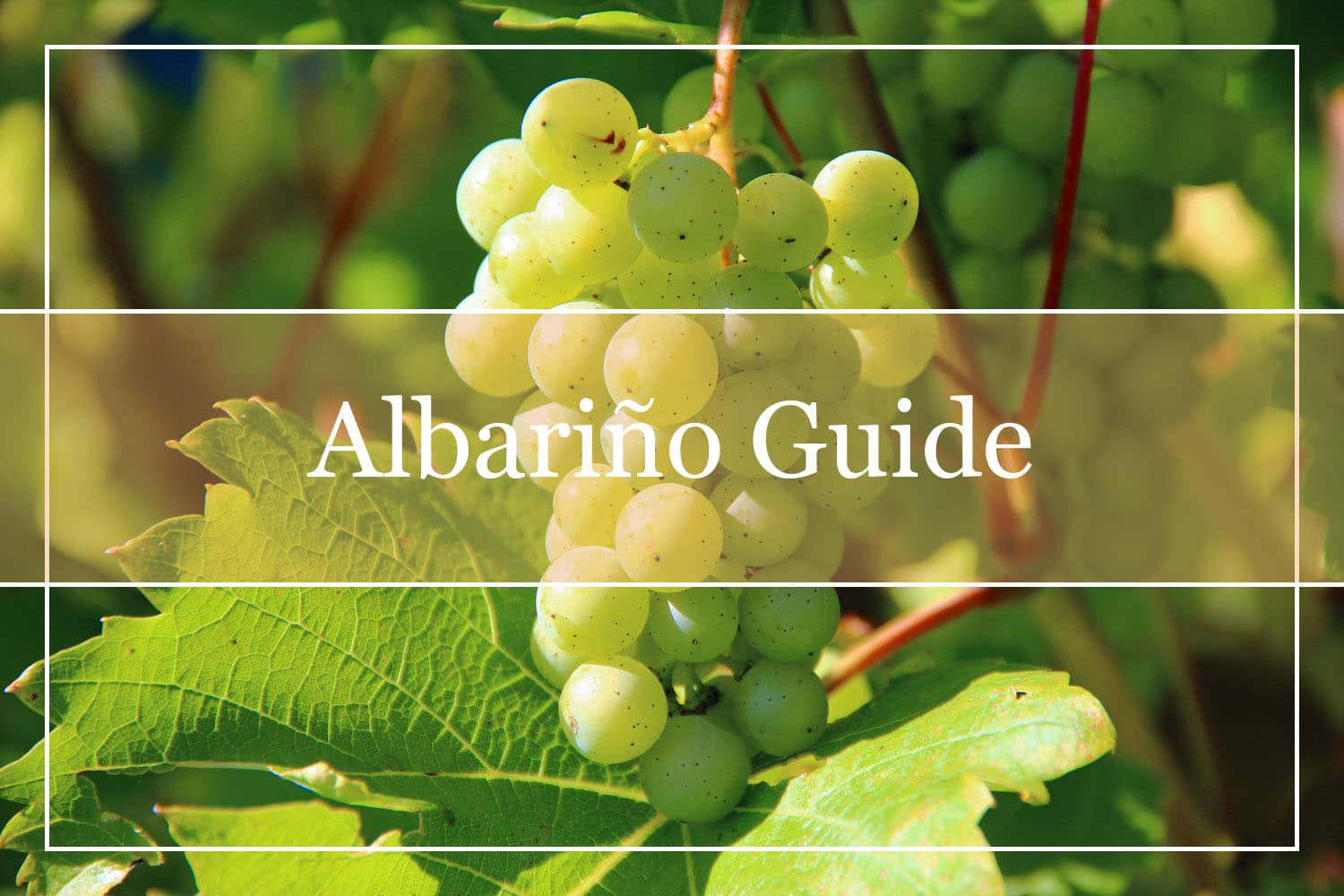What Is Viognier?
Viognier is a white grape varietal renowned for giving aromatic, textural wines with pronounced stone fruit flavors. It comes from the Northern Rhône region of France, where it thrives on the steep slopes of Condrieu.
The grape faced a hard time during the 20th century. In the 1960s, only a bunch of Viognier vines had remained in the world in Northern Rhône. However, a decade later, winegrowers in Australia’s Eden Valley cultivated the near-extinct varietal and helped it to survive. At the same time, a few Californian growers encouraged the planting of Viognier vines in Calera in Mount Harlan. Fortunately, the 21st century saw the Viognier grape experiencing a renaissance. Today, it is planted in France, Spain, Italy, Greece, Switzerland, Chile, Argentina, South Africa, Australia, New Zealand, the United States, and even Japan.
In Piedmont and Rioja, local wine authorities passed laws that imposed restrictions on the way Viognier is handled in the winery. That said, in California and Australia, the grape has emerged as a prestigious variety, producing high-quality wines with very concentrated flavors.
The Viognier characteristics emphasize the richness of the stone fruit flavors and the honey texture of the wine. Viognier is intensely aromatic, showing herbal and floral fragrances on the nose. On the palate, wine enthusiasts should taste apricot and peach as well as steel elements. Viognier can oak-age too, and if it does, its herbal profile is softened and smoothened by finely layered honey and creamy notes. Perfect for sipping on a spring evening or even poolside as you lie under the hot summer sun.
What Color Is Viognier?
In the vineyard, the Viognier vine produces large bunches of thick-skinned fruit defined by a green-yellow hue. Viognier is a grape from the Vitis vinifera variety of the Eurasian grape species. Nearly every grape used in wine production belongs to the Vitis vinifera family. Up until ‘véraison’ and berry ripening, Viognier grapes are hard and thick to the touch. ‘Véraison’ however, signals the point at which the grapes begin to ripen. At this point, the grape’s skin changes color, transforming into a translucent green with golden reflections.
Between ‘véraison’ and harvest, grapes swell and fill with water. During ripening, sugar levels rise, and acid levels drop. Viognier color pigments and flavor components accumulate. Warm and sunny conditions are ideal, while mild water stress inhibits soot growth, encouraging grape ripening. It is then that the Viognier grape shows an additional assortment of colors ranging from bright green to sparkling gold. Later red pigments appear as the berries ripen, giving a beautiful and seductive appearance.
What Does Viognier Mean?
It is challenging to find the origin of the Viognier name. A possible namesake might stem from the French city of Vienne, a significant Roman colony. That said, another theory suggests that behind the Viognier name is the Roman pronunciation of ‘via Gehennae’, which translates into the Road of the Valley of Hell. It must be a reference to how challenging it is to grow the grape.
How to Pronounce Viognier?
Viognier pronunciation is not tough at all – learning how to pronounce the grape correctly should be a fun and easy process. There are three syllables in the word, and the emphasis falls on the third syllable. Phonetically, Viognier looks like this:
vee-aa-nyei
If pronouncing the grape still seems like a challenge, there are plenty of helpful audio and video examples online to help with pronouncing wine names.
Where Does Viognier Come From?
Viognier originates from the Northern Rhône, where the grape’s most renowned expressions are made. It flourishes on the steep slopes near Condrieu village. In the Rhône, Viognier is blended with Roussanne and Marsanne to create a soft and light white wine style. At times, though, it is fermented together with Syrah to produce the Côte-Rôtie blend, where it helps stabilize the color and add aromatic intensity to the red wine.
However, Viognier is not only cultivated within France. On the contrary, it is widely planted in many countries and winemaking regions across the globe. As mentioned above, a few decades ago, Viognier hardly existed outside the Rhône Valley. A sudden interest in the 1980s, though, popularized the grape, as growers accepted the challenge to attempt to cultivate this difficult-to-master varietal. As such, wine enthusiasts can find lovely Viognier examples from the cooler enclaves of the Northern Sonoma and Napa counties in California.
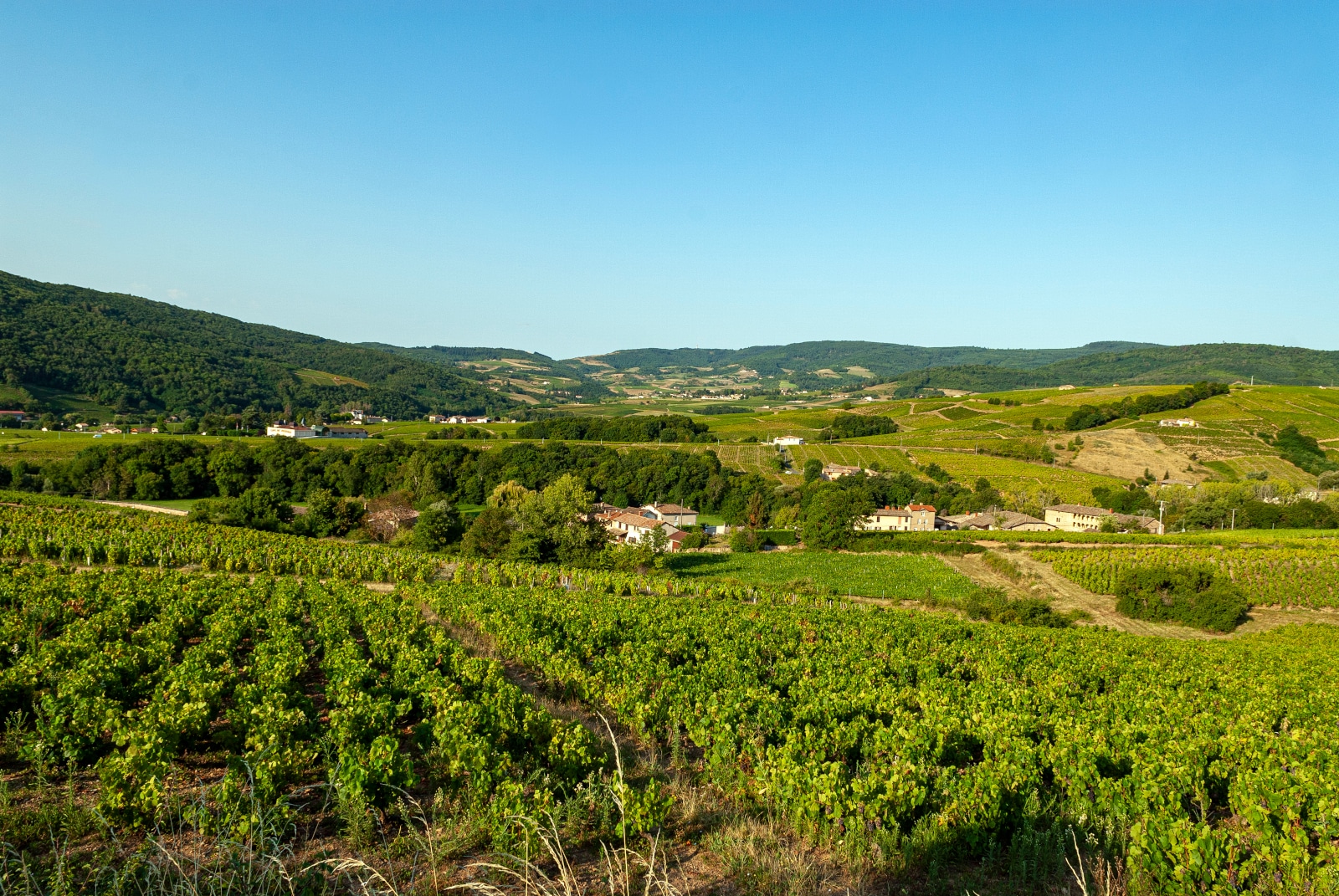
South Australia and particularly Eden Valley, produce perfumed Viognier wines similar to those from the Northern Rhône. In Chile, the focal point of Viognier is Casablanca, a cool-climate region. And in New Zealand, Viognier has found a little paradise in Hawke’s Bay. There, the Viognier plantings take advantage of the combination of sea breezes and heat to give wines with high acidity and aromatic fruit tastes.
In South Africa, Viognier is used as a blending component to add perfume to red wines in a Northern Rhône style. That said, there are a handful of South African wine producers who make single-varietal Viognier wines. Sometimes, they even use a bit of oak to round out the stone fruit flavors and add structure.
Viognier has a dynamic presence in Greece, too. It might not be the most widely planted variety, but it has loyal devotees. It has low yields and flourishes in the cooler regions of Northern Greece, as in Piedmont in Italy. It usually reaches high ripening levels, bringing out an exotically aromatic character and concentrated, jammy flavors with charred wood touches.
What Kind of Wine Is Viognier?
Viognier is produced to be a rounded, occasionally oak-aged white wine with a pronounced aromatic intensity. It is versatile and fantastic for every occasion. As it is medium-to-full-bodied and classy, Viognier can be sipped at formal dinners or at a wedding reception. Serving it slightly chilled is recommended, too. In doing so, the Viognier flavors are enhanced, as guests celebrate its aromatic and luscious personality.
Is Viognier Dry or Sweet?
Viognier wines can be bone-dry or off-dry, depending on how the winemaker handles the grape. Consequently, it is very challenging to pin Viognier down to a specific black-and-white profile. Also, Viognier is hard to cultivate and does not produce reliable yields. Some winemakers wait for the Viognier grapes to ripen fully before harvesting, resulting in many late-harvest Viognier wines.
What Does Viognier Taste Like?
The Viognier flavor profile highlights the gentle and delicate floral fragrances. In fact, Viognier is one for wine enthusiasts who love a sweet-smelling bouquet. The Viognier aroma is packed with honeysuckle and elder flower notes, as well as lemon, nectarine, and tangerine touches. Hints of vanilla spice and spices of clove and nutmeg may be present on the wine’s nose, too.
The Viognier taste is reminiscent of tropical and stone fruit flavors. Mango and pineapple combine with peach and apricot to deliver a tasty, mouthwatering palate. Some winemakers attempt to produce Viognier in an off-dry style, too, or try to unlock the full potential of the wine by allowing it to mature in oak barrels before bottling. In such a case, expect to see Viognier wines with smoky and charred wood notes and an intensely nutty texture. If you are a fan of barrel-fermented Chardonnays, then you are going to appreciate the weight of Viognier.
Viognier tasting notes are known for a characteristic oily sensation. As the wine enters the mouth, that creamy touch appears on the middle of the tongue. Additionally, the bone-dry Viognier examples exhibit a slight bitterness, like chewing fresh flowers! The wine’s acidity is medium but refreshing, while the finish is lengthy and fruity.
How to Serve Viognier?
As with most white whites, Viognier is served best in regular medium-sized white wine glasses. But considering how aromatic Viognier is, pouring it into specialized aroma collector glasses would be a rewarding experience. Being able to bring out the pronounced floral aromas is fantastic. That being said, aroma collector glasses are expensive. If they are out of your budget, do not fret, the standard white wine glasses suffice for a gratifying drinking experience.
The best temperature to serve Viognier is around 50-52°F (9-12°C), as you would with a Chardonnay. In this way, Viognier’s complexity and depth of character are enhanced, making the wine ideal for days when you need a bold white wine. Decanting is an option, for sure, but it is not essential. Keeping Viognier chilled during serving is also not necessary. But do be careful as being too warm or too cold detracts from this wine. For instance, if you serve Viognier extremely chilled, the tongue cannot feel the wine’s flavors.
How Long Should Viognier Breathe?
Viognier is a heavyweight white wine with a structured body and medium acidity, so a bit of aeration will benefit it. That said, the wine must not be allowed to breathe for more than 20 minutes. Otherwise, its crispiness will decrease, resulting in an uninspiring, almost bland beverage.
What Food to Pair With Viognier?
Viognier food pairing is simple as long as you pair it with food that respects its gentle floral notes, rich syrupy flavors, and medium acidity. In general, try to expand on Viognier’s stone fruit tastes and make sure that the food you pair the wine with is not that acidic. Try to complement Viognier with roast chicken, curry, or Thai cuisine.
Viognier combines nicely with chicken or low-fat pork. Because the wine is low in acidity, it is best if the meat is not very fatty. On top of that, adding fruit to the chicken dishes, such as dried apricots or prunes, produces an incredible pairing. Regarding curry, consider that Viognier’s tropical and peach flavors match well with the spices found in this Indian staple. And Viognier holds up to Thai cuisine unbelievably well, too. That said, you could even accompany Viognier with poached salmon, seafood, pork chops, teriyaki tofu, and pan-fried Japanese sea bass.
Feel free to use herbs abundantly with foods that you pair with Viognier, such as lemon zest, tarragon, dill, coriander, pink peppercorn, turmeric, allspice, nutmeg, shallot, and lemongrass. However, take extra care with intensely flavored spices to avoid overpowering the wine.
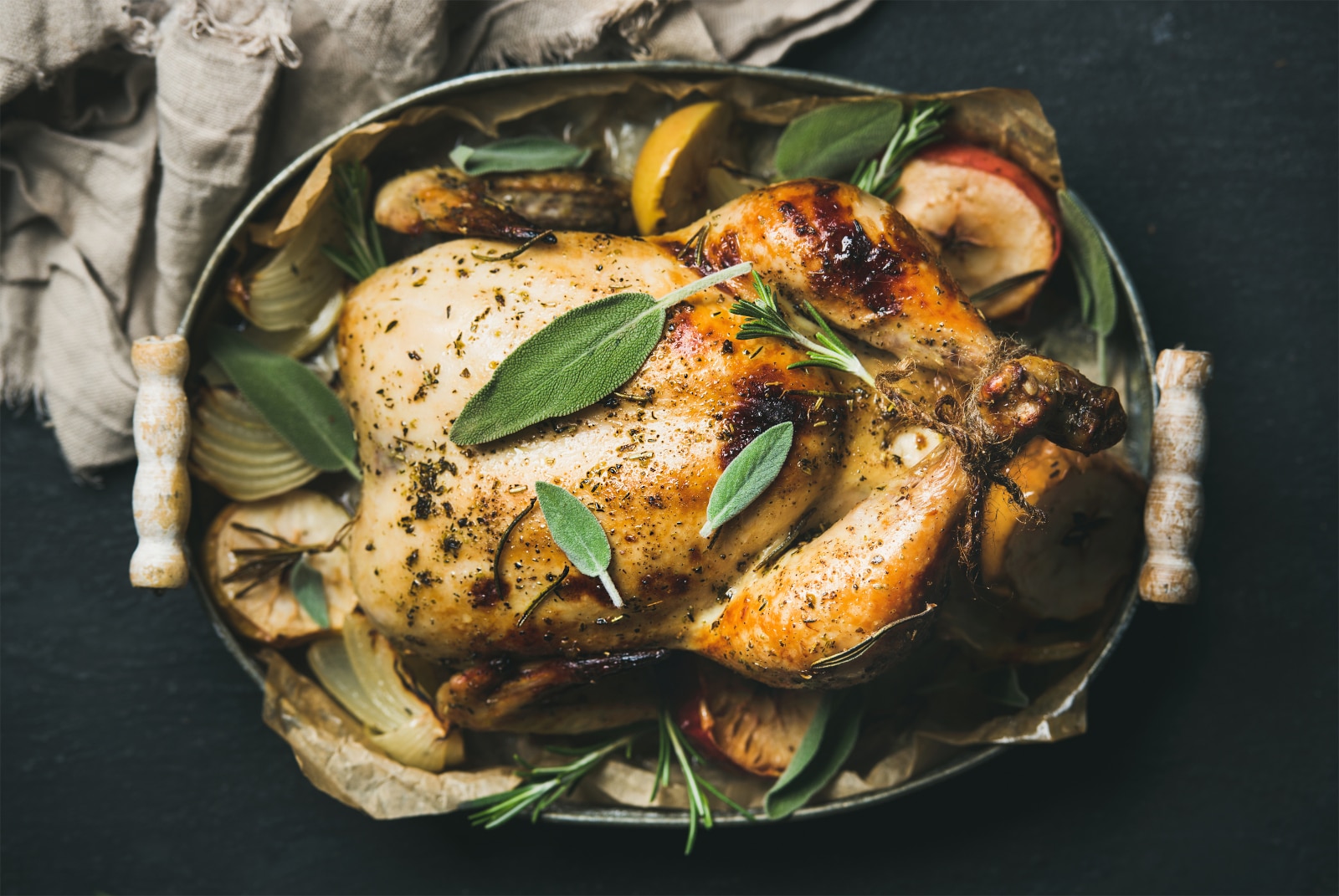
Viognier Cheese Pairing
Viognier accompanies cheeses phenomenally, such as Comté, Gruyere, and Farmer’s cheese. The firm and semi-soft cheeses blend incredibly with the wine’s oily texture and creamy mouthfeel. Serve the cheese on a cheese board or as part of dishes like pizza and pasta. If Viognier is served with baked Brie with apricots or young sheep’s milk cheeses, like Greek Feta, Cypriot Halloumi, or Crottin de Chavignol, expect a divine food and wine experience, as well!
How Much Alcohol Does Viognier Have?
The Viognier alcohol content ranges between 13 to 15% ABV. The wine, therefore, has a high alcohol concentration for a white. This is understandable, as Viognier’s grapes, especially in Condrieu, are picked when sugar levels are high, producing wine with a strong perfume and very high in alcohol. As always, check the label on the bottle to be more precise and remember to enjoy the wine responsibly.
How Many Calories Are There in Viognier?
Bear in mind that alcohol and sugar are responsible for calories in wines. Viognier wines often have high calories due to their high alcohol levels and moderately high residual sugar concentration. The carbs in Viognier are in the range of 2 to 7 per glass, while the calories range from 101 to 129.
Conclusion
As a rare and distinctive variety noted for its perfumed aromas and spice, citrus, and peach flavors, Viognier is, by far, a superb white wine. It might have faced extinction, but it made a triumphant comeback to the winemaking scene. Viognier is very complicated and structured, a vivid example of the notion that even white grape varieties can produce bold and complex wine examples. As a final note, only the fact that Viognier is so hard to grow should be enough to convince you to give it a go at least once. So, go ahead and try a Viognier now!

